Socialization of your dog is built on your human-canine relationship before it’s time for a fun canine-canine interaction. Leadership precedes socialization.
Socialization of dogs goes beyond the simple concept of “mixing with others” and “let the dogs work it out”. Your dog is properly socialized when he has learned to behave in an acceptable manner whether he is having fun with other dogs or greeting guests in your home. That begins with owners accepting their role in building a solid relationship before socializing with other dogs. If you expect your dog to respect your boundaries for good behavior he first has to know and respect you. This begins with leadership and leash work.
It’s an ongoing process, not one-and-done or automatic success. Socializing your dog is not something to check off, but a process of consistently reinforcing your expectations and guiding your dog to better choices through leadership. It begins in puppyhood and continues into adulthood.
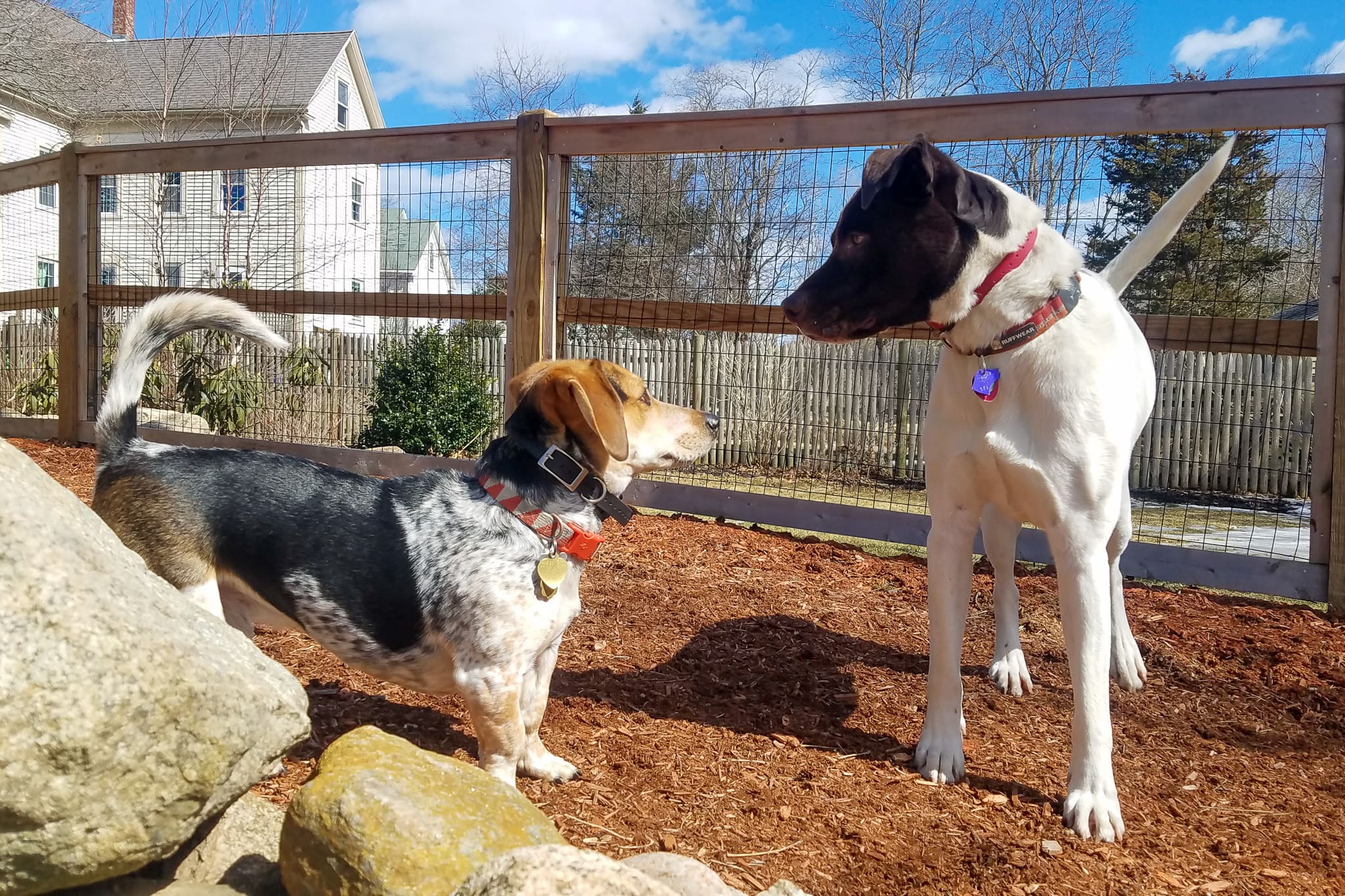
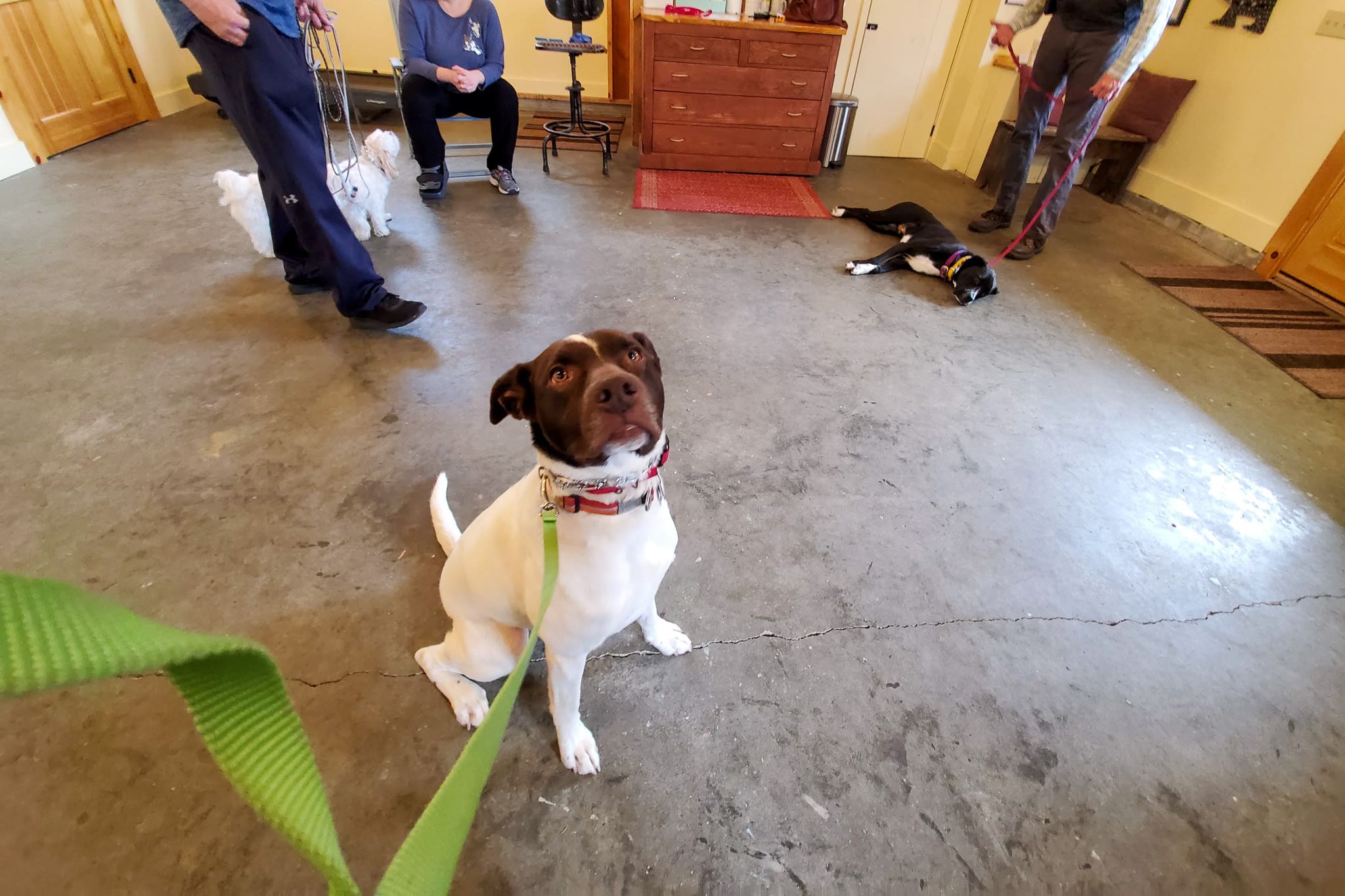
Puppy Socialization and Beyond
Balanced Socialization starts with training a calm puppy. By focusing on creating a calm state of mind, you are conditioning your dog to access calmness whenever you are asking her to be calm. Full crate training for your puppy is the best way to train the calm state of mind so essential for good socializing manners. All dogs are den animals and proper crate training is merely teaching them to be most relaxed and secure in their den.
Excessively petting a puppy, not giving enough nap time, or keeping puppies in over-stimulating situations can condition a puppy to remain excited or adrenalized. The main goal in puppyhood is to teach a pup how to relax. Using a dog crate and leash is the most effective way to lead a dog to calm behavior. We use the term Balanced Socialization to define the training results owners are looking for: owners have a role in establishing a balance between excitement and calm or playful fun and attention to commands.
Training your dog to be socialized is being aware of all you are doing to lead your dog into new experiences. Keeping a leash on at all times ensures an easy way to direct your puppy. If you’re leading your puppy around distractions with a leash, you are working on the calm, and confidence that will help him navigate all social situations. That can make all the difference.
As your dog grows, he’ll cross paths with more new things. It’s up to you as the owner to reinforce the puppy’s good responses and correct the less desirable ones. If you sense your puppy is playing too rough with another dog, trust your instincts as that playtime probably is too rough. Remove your dog from rough situations.
Before heading out into the world with your dog of any age, strong leash-handling skills are a must. This is why we recommend short on-leash walks to begin training. Practice for balanced socialization starts with fewer distractions to overcome and more time to communicate through the leash. Your practice in leash communication and control sets up for successful dog-to-dog interactions (and fun!) when your dog is ready.
With more practice, guiding your dog past big distractions becomes easier and easier. The next step is introducing longline work around these bigger distractions to perfect your dog’s recall. Recall is a leash exercise before you can expect recall off-leash. Remember, you are teaching your dog to be socialized when you are walking on a leash past distractions – It’s unrealistic to think your dog will magically be good off-leash with other dogs if he’s reacting and blowing you off while walking on a leash.
Keep your walks short to start, think 5-15 minutes. Your backyard, driveway, or sidewalk in front of your house are ideal places. Pull back from any big neighborhood walks at first. It’s easier to implement higher expectations for a good walk on shorter walks. Increase your distance as you and your dog get more comfortable with how you are shifting your leadership energy. Short walks also help you to avoid large distractions. It may feel counterintuitive to avoid distractions, but the more consistent control you gain away from distractions, the faster your dog will learn to avoid getting worked up and react.
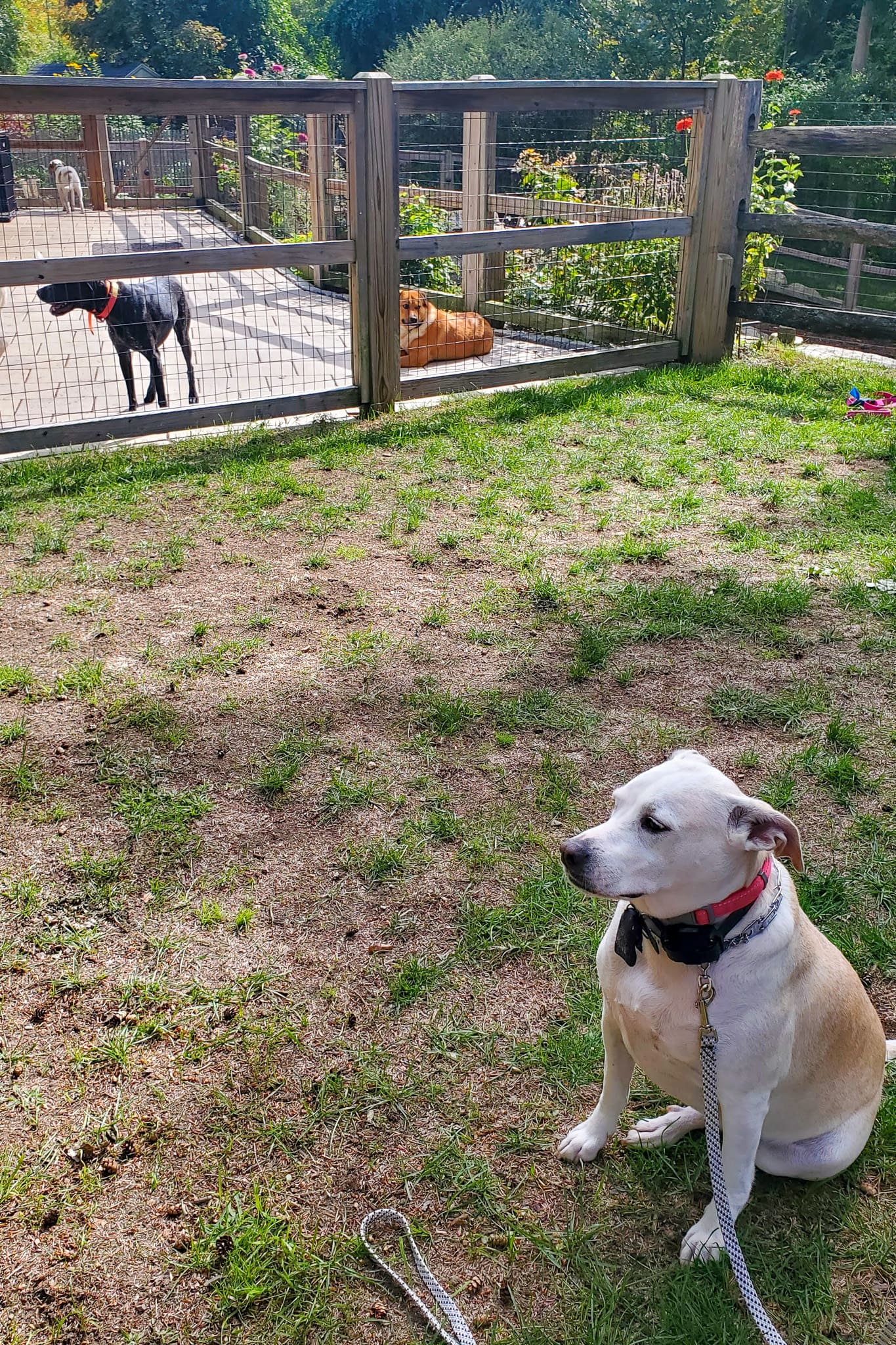

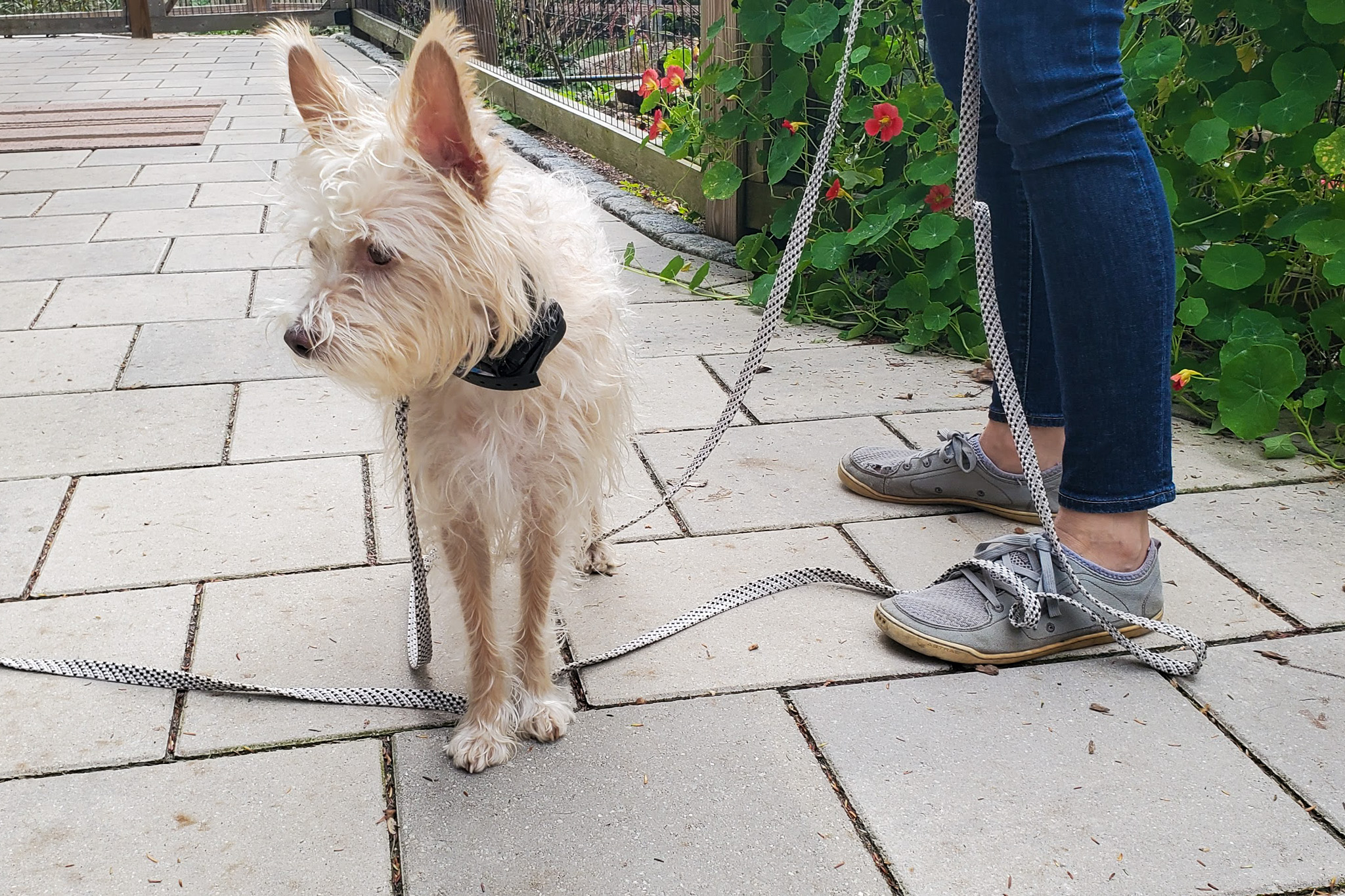
Off-Leash Socialization
The fun you have socializing with other dogs is dependent on your ability to recall your own dog. If you can’t reliably call your dog off a strong distraction (like another dog she’s playing with) there’s more work to be done before unleashed play. Starting with lower distractions in an enclosed yard, work up to off-leash recall around bigger distractions. You’re continuing to invest in your relationship by establishing balance in order to have a good experience with socialization.
Some of our programs instruct owners in the proper use of a remote collar, which is basically an invisible leash and a humane way to communicate off-leash control. Remote Collar training can help you have a safe, happy off-leash dog. When your dog is ready to mix with other dogs, a remote collar allows for your corrections from a distance. The behaviors you reinforced in previous leash work should now be strong enough that your dog only needs an occasional low-level correction when interacting with other dogs. You’ve made your expectations clear with leash exercises that have taught your dog how to behave AND have fun.
There will always be bigger distractions to anticipate, always another opportunity to continue working with your dog. Just when you think you have the utmost trust in your dog something new may set him off. Balanced socialization shows you your dog’s limits and confirms all the training you have accomplished. Have your dog earn off-leash freedom by meeting your high expectations. Appreciate all the progress you have made in hands-on socializing your dog. That’s the training journey that we’re here to support.
We’re now offering invitations to our Social Workout program for remote collar graduates. Head over to the program page to learn more. If you’re not quite there yet, Best Neighborhood Dog at a local park may be a great next step.
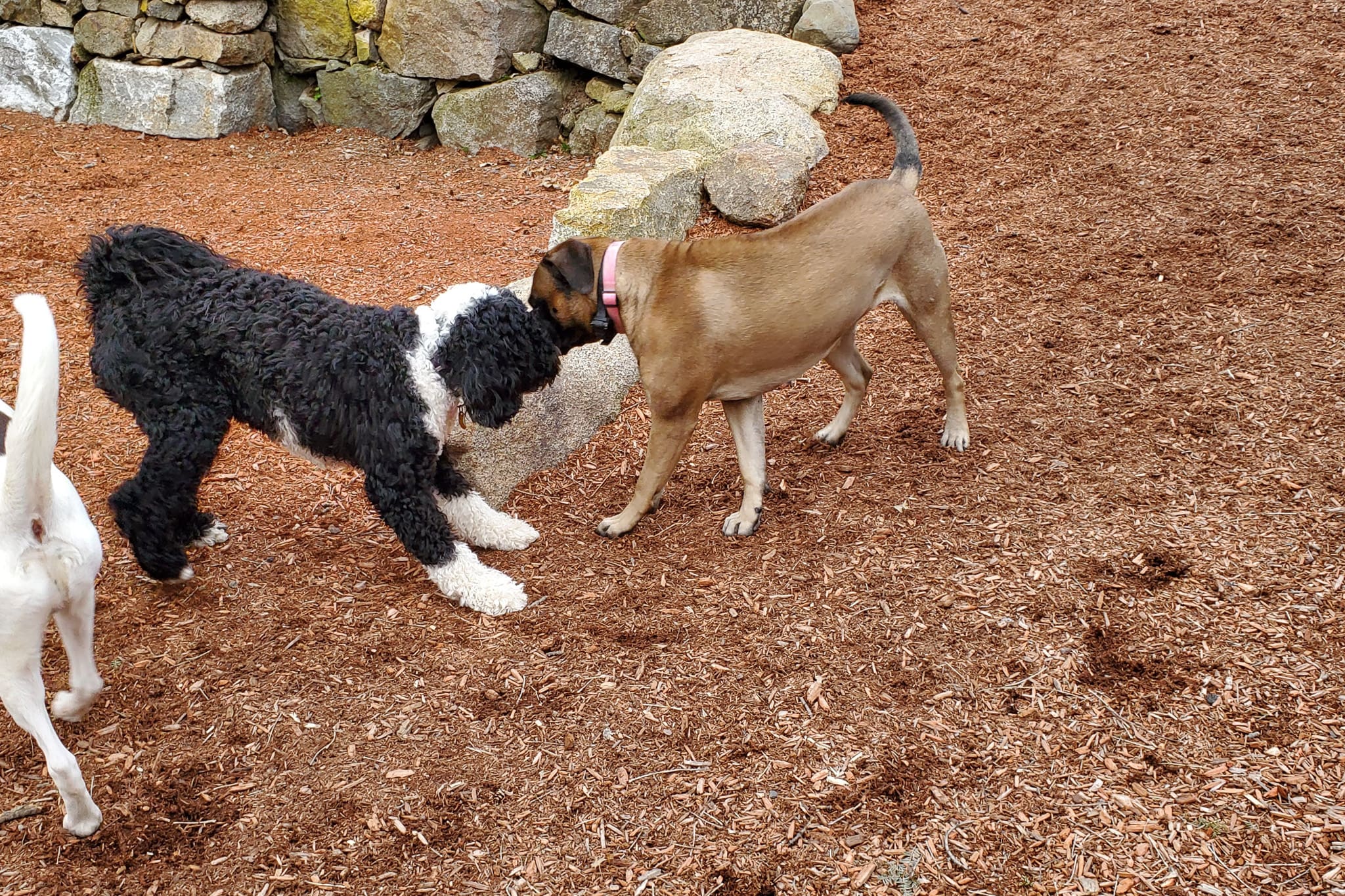
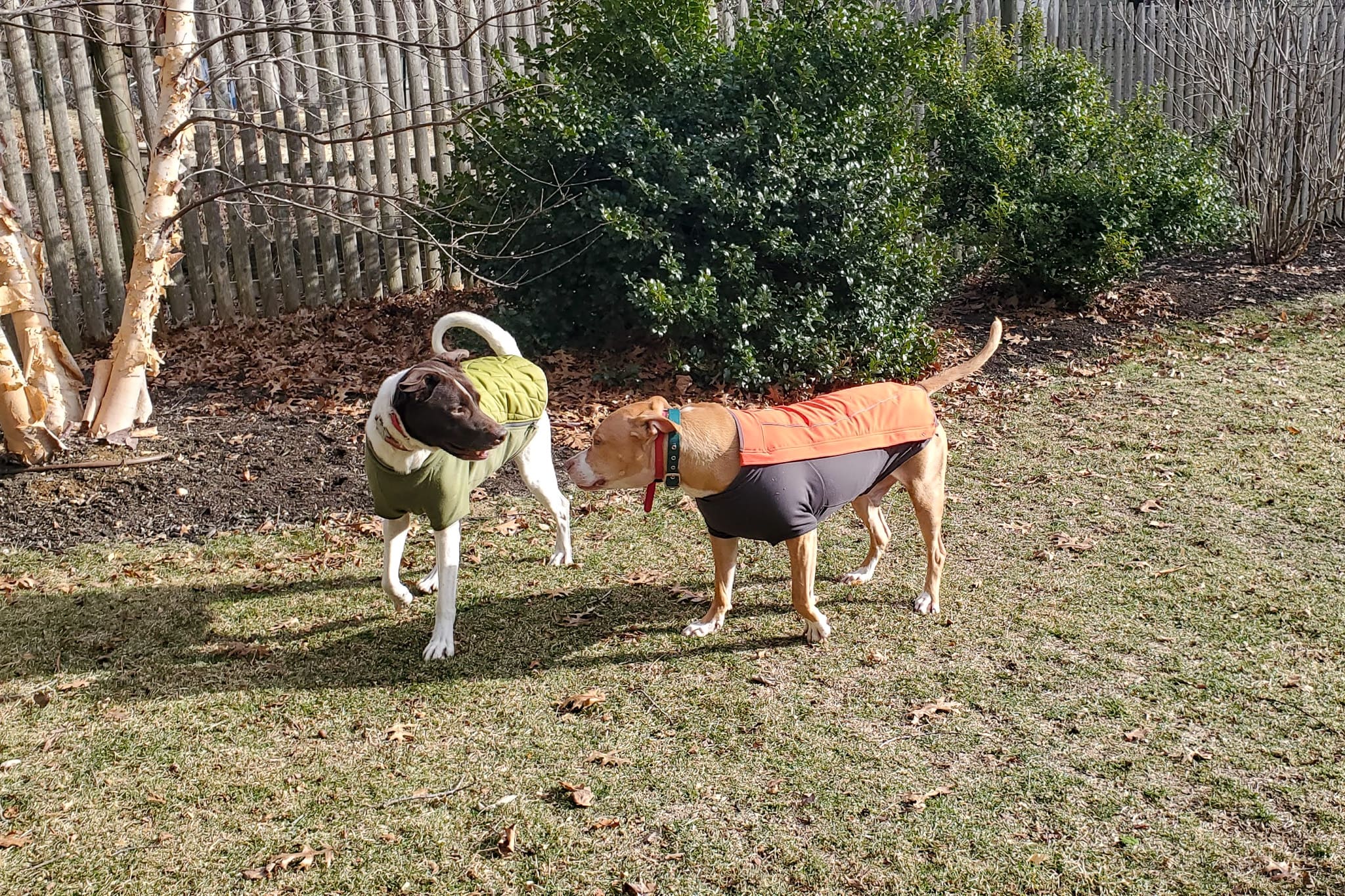
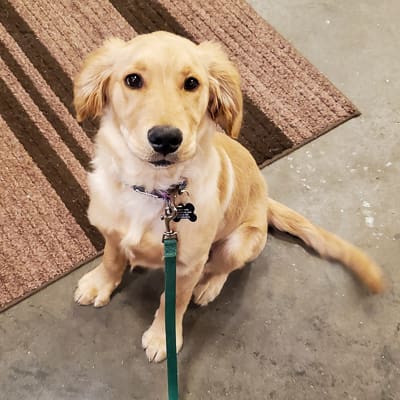
Foundation Training
Covers the basics of good dog behavior as well as some behavior modification.
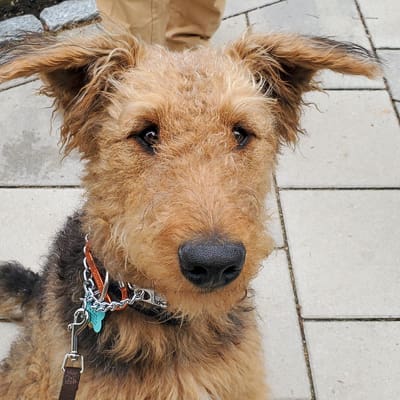
Remote Collar Training
Foundation Training with e-collar for total off-leash freedom and behavior modification.
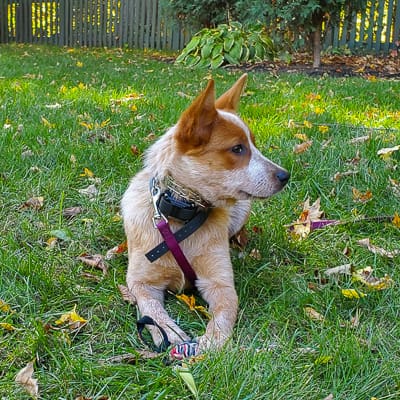
Advanced Training
Continue your training that you've already started with Dog Coach.
What our clients have to say…
Dog Coach listened carefully and observed keenly my interaction and tone of voice with Bella. At nearly 6 months now, she is the best-trained dog I’ve had. It was a worthwhile experience!
We want to thank Dog Coach for your patience and encouragement! Our dogs are really coming into their own as the perfect family dogs we were looking for!
Such a great investment! We got a puppy and had a toddler… It was overwhelming at first. Working with Dog Coach has been the gift that keeps on giving.
